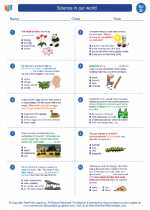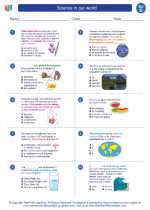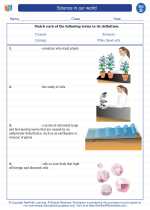Intestines
The intestines are a vital part of the digestive system, responsible for the absorption of nutrients and the elimination of waste from the body. There are two main sections of the intestines: the small intestine and the large intestine.
Small Intestine
The small intestine is where most of the digestion and absorption of food occurs. It is about 20 feet long and is divided into three parts: the duodenum, the jejunum, and the ileum. The walls of the small intestine are lined with tiny finger-like projections called villi, which increase the surface area for absorption.
Functions of the Small Intestine:
- Receive partially digested food from the stomach
- Complete the digestion of food using enzymes from the pancreas and bile from the liver
- Absorb nutrients such as carbohydrates, proteins, fats, vitamins, and minerals into the bloodstream
Large Intestine
The large intestine is wider in diameter but shorter in length compared to the small intestine. It consists of the cecum, colon, rectum, and anus. The main function of the large intestine is to absorb water and electrolytes from undigested food and to form and expel feces from the body.
Functions of the Large Intestine:
- Reabsorb water and electrolytes from the remaining indigestible food matter
- Form feces by compacting the waste material
- Store feces until they can be eliminated from the body
Study Guide
Here are some key points to remember about the intestines:
- The small intestine is where most digestion and absorption of nutrients occur.
- The large intestine is responsible for absorbing water and forming feces.
- The walls of the small intestine are lined with villi, which increase the surface area for nutrient absorption.
- The main sections of the small intestine are the duodenum, jejunum, and ileum.
- The large intestine consists of the cecum, colon, rectum, and anus.
Understanding the functions and structures of the intestines is important for comprehending the process of digestion and the absorption of nutrients in the body.
.◂Science Worksheets and Study Guides Fourth Grade. Science in our world

 Worksheet/Answer key
Worksheet/Answer key
 Worksheet/Answer key
Worksheet/Answer key
 Worksheet/Answer key
Worksheet/Answer key
 Vocabulary/Answer key
Vocabulary/Answer key
